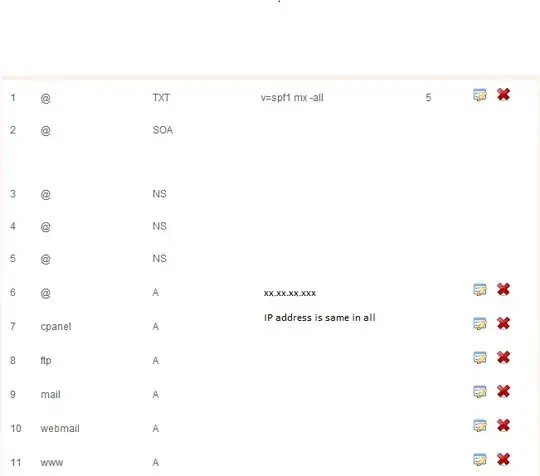First, that SPF line is completely useless. The +all on the end means anyone can send e-mail on behalf of your domain, and it should be considered authentic. Further, that SPF record looks wrong in all sorts of ways, though I can't be sure without knowing more about your environment.
Some servers will even hold this against you. On the servers I run, if your SPF doesn't end in "-all" then you get marked as spam because you're too lazy or ignorant to setup a SPF record correctly. Sorry for the terse language, but 2 points for honesty...
So, once you've got a reasonable SPF record, you need to create a new DNS record of the type TXT, with the contents of that SPF record. The "address" of the DNS record should be blank, default, or "@", depending on how you're system works.
Update:
A couple common configurations just to get you started:
- You have 1 mail server. It's configured to receive mail for your domain (including the MX record)
v=spf1 mx -all
- You have 1 "normal" mail server, and a web server that sends e-mail too (notifications or etc)
v=spf1 mx ip:1.2.3.4 -all (where the IP address is that of the web server)
- You have completely separate inbound and outbound servers. The outbound have A Records.
v=spf1 a -all
- You're using a hosted e-mail solutions, such as gmail or something your hosting provides.
v=spf1 include:get.address.from.your.host.com -all
v=spf1 include:aspmx.googlemail.com -all (for GMail/Google Apps/etc hosted e-mail only)
The Microsoft Sender ID Framework SPF Wizard is an excellent resource for generating records. You do have to read each option carefully; garbage-in garbage-out.
